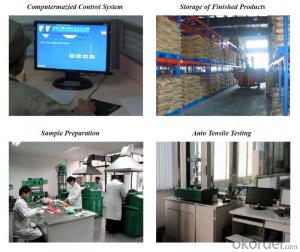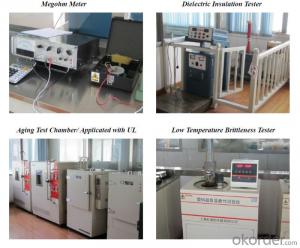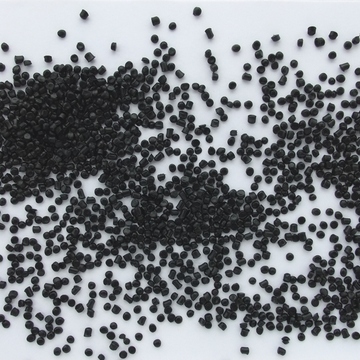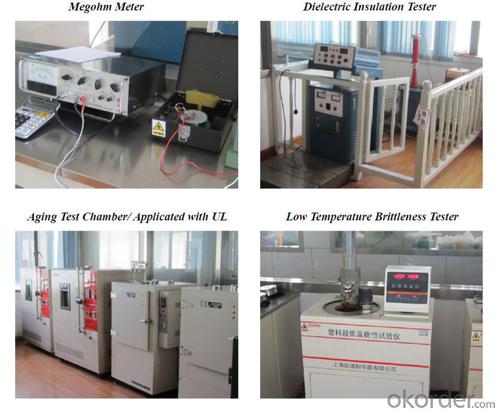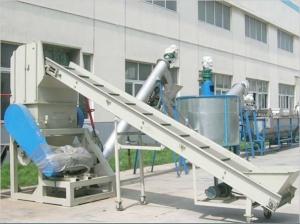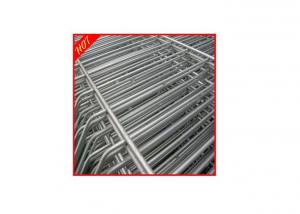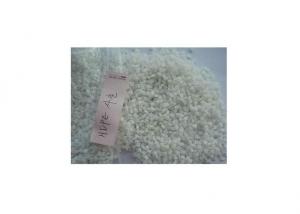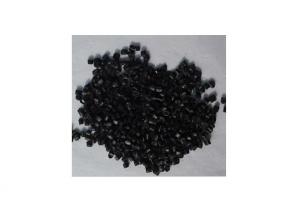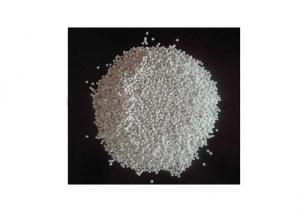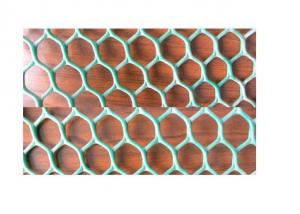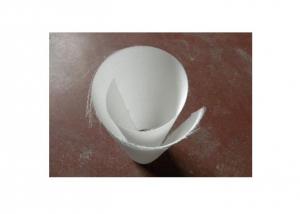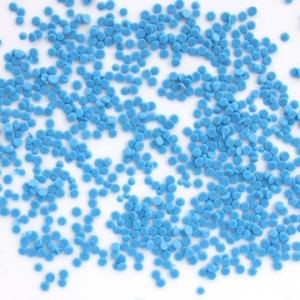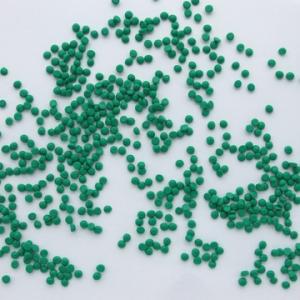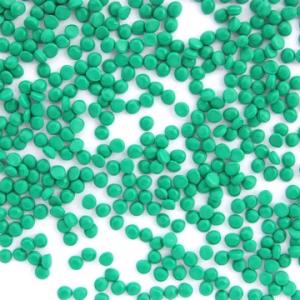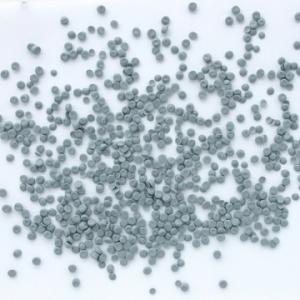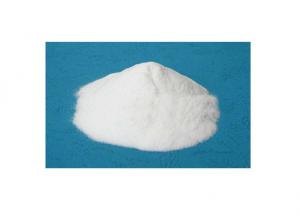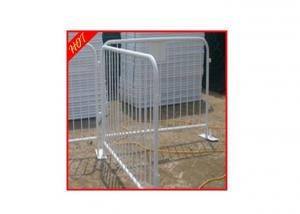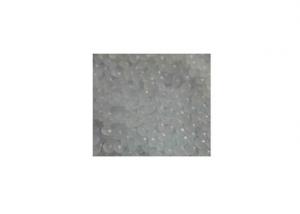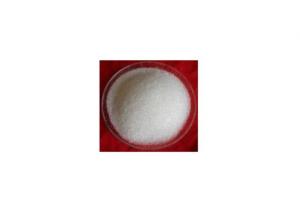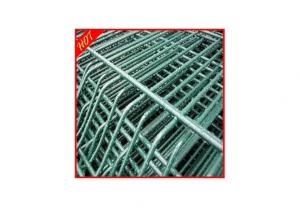Irradiation Cross-linkable Low Smoke Zero Haogen Flame Retardant Polyolefin Compound
- Loading Port:
- Shanghai
- Payment Terms:
- TT OR LC
- Min Order Qty:
- 1 m.t.
- Supply Capability:
- 350 m.t./month
OKorder Service Pledge
OKorder Financial Service
You Might Also Like
lszh compound:
1. Applications and cable specifications:
Type | Product | Application and Cable Specification |
FDW1186 | 110℃ Irradiation cross-linked, low-smoke, halogen-free and flame retardant POE jacket compound | 105℃ jacket for cross-linked flame retardant wires and cables, meeting the standard of HF-110-R, E-110-R of AS 3808. |
FDW1180 | 110℃ Irradiation cross-linked, low-smoke, halogen-free and flame retardant POE insulating compound | 110℃ Insulation for cross-linked flame retardant wires and cables, meeting the standard of R-E-110, X-HF-110, R-HF-110 of AS 3808. |
DW9022-C01 | 90℃ Thermoplastic Low-smoke, halogen-free and flame retardant POE jacket compound | 90℃ common jacket for flame retardant wires and cables, meeting the standard of HFS-90-TP and HFS-110-TP of AS 3808. |
2. Description:
High temperature resistant irradiation cross-linked low-smoke halogen-free and flame retardant POE compound, based on POE resin, is produced and pelletized by special technology, adding special modifier, halogen-free flame retardant, anti-oxidant, crosslinking sensitizer and other special additives.
3. Processing:
The compound can be processed with conventional extruders, and the screw with a minimum 20:1 L/D and a compression ratio of 1:1.2 is recommended.
The following temperature(°C) profile of extruder is recommended:
Type | Zone | Zone 1 | Zone 2 | Zone 3 | Zone 4 | Head | Die |
FDW1186 | temperature °C | 90 | 125 | 140 | 145 | 145 | 145 |
FDW1180 | temperature °C | 90 | 125 | 140 | 145 | 145 | 145 |
DW9022-C01 | temperature °C | 125 | 145 | 150 | 160 | 160 | 160 |
Note:Compound should be dried at 60-70°C before use, which has been stored more than two months.
4. Irradiated dosage
The normal irradiated dosage(recommended) of high temperature resistant, irradiation cross-linked, low-smoke, halogen-free and flame retardant POE compound is 15 to 18 megarad.
5. Storage and transport:
Packing: 25kg/bag, PE membrane inside bag and craft outside bag.
Avoiding in direct sunlight and weathering.
Storage place should be clean, cool, dry and ventilated.
6. Properties:
| Item | Unit | FDW1186 | FDW1180 | DW9022-C01 | |||
| Standard | Typical | Standard | Typical | Standard | Typical | ||
| Density | g/cm3 | — | 1.48 | — | 1.23 | — | 1.34 |
| Hardness | Shore A | — | 86 | — | 81 | 94 | 92 |
| Tensile Strength | ≥ MPa | 6 | 12 | 5 | 9.5 | 6 | 11 |
| Elongation at Break | ≥ % | 125 | 160 | 125 | 400 | 125 | 360 |
| Thermal Aging | |||||||
| Aging Temperature | °C | 130±2 | 130±2 | 150±3 | 150±3 | 110±2 | 110±2 |
| Aging Time | h | 480 | 480 | 168 | 168 | 480 | 480 |
| Tensile Strength | ≥ % | 6 | 10 | Retention 70 | 85 | 6 | 8.7 |
| Elongation at Break | ≥ % | 100 | 150 | Retention 70 | 82 | 100 | 280 |
| Thermal Prolongation 20N/cm2 | °C×min | 200×15 | 200×15 | — | — | ||
| Elongation Under Load | ≤ % | 175 | 25 | 175 | 50 | — | — |
| Permanent Deformation | ≤ % | 15 | 0 | 15 | 0 | — | — |
| Volume Resistivity, at 20°C | ≥Ω*m | 1.0×1011 | 2.0×1012 | 1.5×1012 | 3.0×1012 | 1.0×1011 | 2.0×1012 |
| Dielectric Strength | ≥KV/mm | 18 | 23 | 20 | 25 | — | — |
| Oxygen Index | ≥ % | 33 | 34 | — | 28 | 30 | 34 |
| Impact Brittleness Temperature | °C | — | — | — | — | — | — |
| Smoke Density Flaming | ≤ | 100 | 61 | — | — | — | — |
| Non flaming | ≤ | 200 | 142 | — | — | — | — |
| Acidity of gases evolved (pH) | ≥ | 4.3 | 5.8 | 3.5 | 4.2 | 3.5 | 4 |
| Conductivity of gases evolved | ≤μs/cm | 2.5 | 0.9 | 100 | 6 | 100 | 28 |
| Oil Resistant Test | |||||||
| Test Temp. Time | °C×h | 120×18 | 120×18 | — | — | — | — |
| Retention on Tensile Strength | ≥ % | 60 | 65 | — | — | — | — |
| Retention on Elongation at Break | ≥ % | 60 | 72 | — | — | — | — |
7. Company
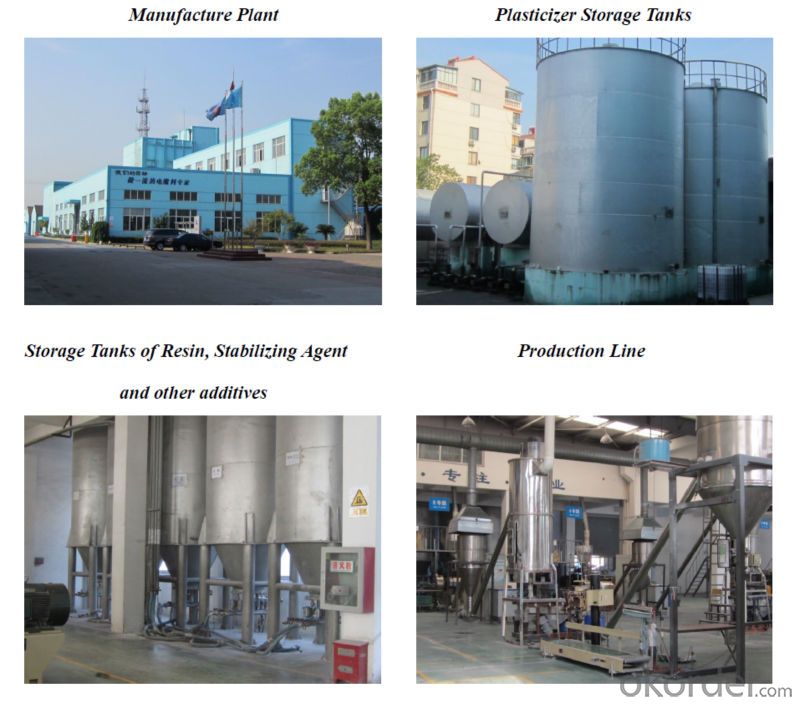


- Q: How many kinds of raw materials are produced by wrapping plastic film?
- Plastic film raw materials are: PVC, polyethylene, polypropylene, polystyrene and other resins.Commonly used to bundle packaging is LLDPE stretch wrap film, applicable to a variety of logistics packaging, packaging industry bundled! I can see it in Ming Bao. Yes, please!
- Q: I made of plastic raw materials accessories containing benzene, how to remove the teacher, please enlighten!
- The use of benzene: fats, resins and iodine and other solvents. Determination of mineral refractive index. Organic synthesis. Optically pure solvent. High pressure liquid chromatography is used as solvent, synthetic dyes, pharmaceuticals, pesticides, petroleum and chemical products, photographic materials, varnishes, nitrocellulose lacquer thinners, paint remover, lubricating oil, grease, wax, Sai Luluo, resin, artificial leather and other solvents. It must be the raw material you bought that contains some other additives. Benzene is not removed
- Q: Is the plastic with high melting index good?
- The melt index, the full melt flow index, or the melt flow index, is a numerical value that indicates the fluidity of the plastic material when it is processed.
- Q: How many types of plastics are there?
- PC: commonly known as polycarbonate. The variety is also a transparent material, high surface hardness, scratch resistance, strong impact resistance, high strength, good weather resistance (that is not afraid of the sun). The furniture is the sunshine plate screen baffle material hollow extrusion molding. Features: high price cost, about PMMA higher than about 40%.
- Q: Plastic raw materials packaging is generally divided into several categories?
- A variety of kraft paper, polyethylene thick film, fiber bags, aluminum foil bags
- Q: What are the main raw materials of plastic products?
- 2, and 372 organic glass welding good, made of two color plastic parts, and surface chromium plating, spray paint processing3, high impact, high heat resistance, flame retardant, enhanced, transparent and so on.4, liquidity is a little worse than HIPS, better than PMMA, PC and so on, good flexibility.Molding performance 1. amorphous material, medium mobility, moisture absorption, must be fully dry, surface requirements of the plastic parts must be prolonged preheating, drying 80-90 degrees, 3 hours2., should take high material temperature, high mold temperature, but the material temperature is too high, easy to decompose (decomposition temperature is >270 degrees). For the higher precision plastic parts, mold temperature should take 50-60 degrees, for high gloss, heat-resistant plastic parts, mold temperature should take 60-80 degrees
- Q: What are plastic materials extracted from?
- All kinds of plastics are gradually processed to produce various kinds of downstream products, including rubber, coating, finishing agent, artificial fiber, synthetic resin and so on.Resin usually refers to softening or melting range after heating. When softening, it tends to flow under external force. At normal temperature, it is solid, semi solid, and sometimes liquid organic polymer.
- Q: What is the difference between ABS plastic raw materials and recycled materials? Or how to distinguish between raw materials and recycled materials?
- Raw material is crude oil refining, renewable materials are garbage recycling, and some will have additives in the regeneration. If it is not cleaned, there may be impurities.
- Q: How to identify the proportion of nozzle material in plastic?
- Generally within 15% is allowed; if the nozzle is too much will cause the following phenomenon: product strength decreased, brittle, easy to crack; cause accelerated aging
- Q: What kind of plastic material is used for medical instruments?
- According to the use requirements of medical plastics, it is often necessary to make products with surface hydrophilicity, anti coagulation, radiation sterilization and other special functions.
Send your message to us
Irradiation Cross-linkable Low Smoke Zero Haogen Flame Retardant Polyolefin Compound
- Loading Port:
- Shanghai
- Payment Terms:
- TT OR LC
- Min Order Qty:
- 1 m.t.
- Supply Capability:
- 350 m.t./month
OKorder Service Pledge
OKorder Financial Service
Similar products
Hot products
Hot Searches

